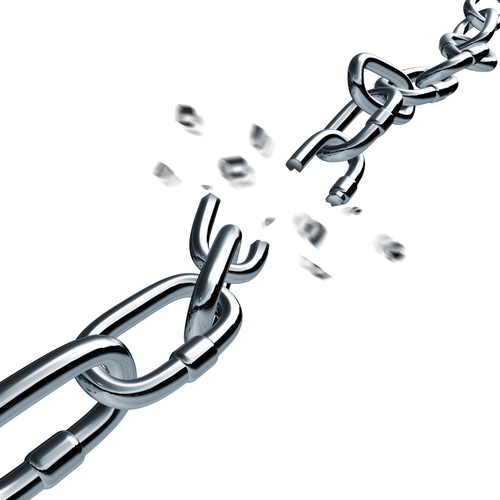Robert Hartwig, president and economist at the Insurance Information Institute, said overall insurance claims nationally before Sandy's arrival had been 40% below 2011 levels, but that drop will be smaller because of the storm. He said that in major storms, about 60% to 65% of insured losses are claimed through homeowners' policies, with about one-third being commercial property losses and the remaining few percent automobile insurance losses.
Property insurance rates had already been rising, Hartwig said, because Sandy is just the latest in a long-term trend in the increase, number and cost of natural disasters. Most of the losses in recent years resulted from claims following tornadoes, hail storms and wildfires, with Irene being the only recent significant hurricane. He said the collective weight of the various disasters will continue to add pressure to both homeowner and commercial insurance prices.
Early estimates of damage caused by Sandy include Eqecat's insured loss estimate of $10 billion to $20 billion with economic damages of $30 billion to $50 billion.
Boston-based modeling firm AIR Worldwide earlier this week estimated insured losses could total between $7 billion and $15 billion, factoring in wind and storm surge damage to commercial and industrial properties, as well as their contents. It's a manageable event, even at the high end [of the estimates], Hartwig said.
Tom Teixeira, a practice leader at Willis Global Solutions, said some initial estimates of $5 billion to $10 billion in insured losses and $20 billion in economic damage probably will prove to be low. He said he is certain there will be large business interruption losses because of power failure to suppliers, a situation leading to full or partial production stoppages.
Teixeira said many companies have failed to learn from last year's numerous catastrophes. "There is still not enough alignment between the procurement function and group risk," he said. "The silo mentality, driven by localized profit & loss (P&L) accounts, has created opposing objectives, such as procurement trying to significantly reduce inventory and group risk trying to reduce the level of business interruption should disasters occur."
Business interruption losses could increase damage totals. Mohammad Khan, an insurance partner with PricewaterhouseCoopers, said if the trend for business interruption in recent storms continues, it could have a significant impact on hurricane losses.
"With Katrina, we saw interruptions claims making up 20% of the overall insurance loss," Khan said in a statement. "Whether this is applicable to Sandy depends on the swiftness of recovery of the subway and other transport links, which would be a good proxy for the recovery of New York in general."
Hartwig said the majority of losses caused by Hurricane Katrina were commercial, despite major flooding of urban residential areas.
Linda Conrad, director of strategic business risk at Zurich Global Corporate, said her company issued notices in preparation for Sandy's arrival, urging businesses to have backup plans to receive necessary supplies and secure mission-critical company information in the event of supply or power disruptions.
Conrad said Zurich offers some other tips for businesses post-storm, including making efforts to right-size operations for recovery in part by setting recovery goals that match with the business's capability and available finances to accomplish them. In the future, businesses should stress-test their operations to see if there are potential recovery gaps in the event of a shutdown. Supply chain disruptions play a large role in losses and are becoming increasingly frequent, she said.
According to BestLink, the nation's top five commercial multi-peril non-liability insurers in 2011 were Travelers Group, with a 9.01% market share; Liberty Mutual Insurance Companies, with 5.80%; Hartford Insurance Group, with 5.61%, Chubb Group of Insurance Companies, with 4.85%; and State Farm Group, with 4.69%.













 Insured commercial losses resulting from Hurricane Sandy may hinge on
Insured commercial losses resulting from Hurricane Sandy may hinge on